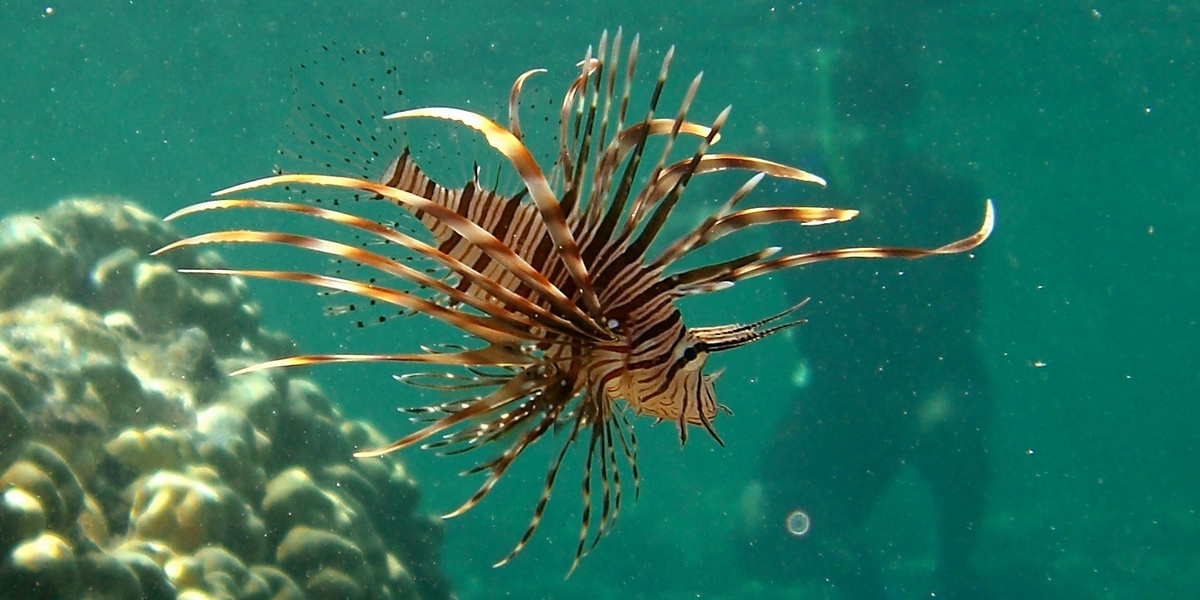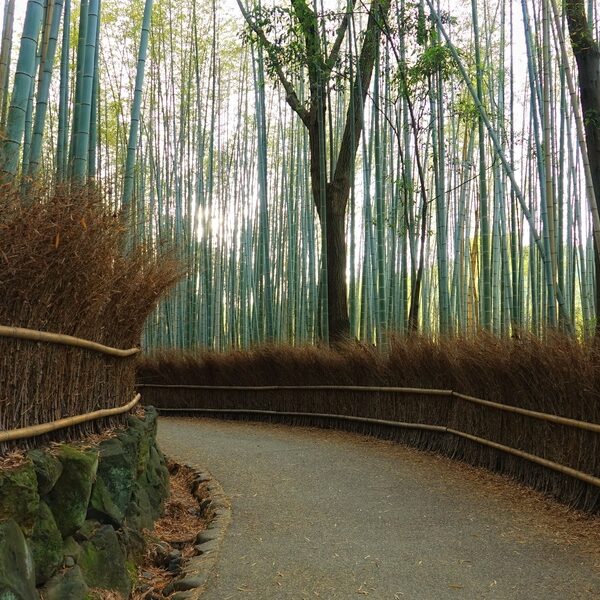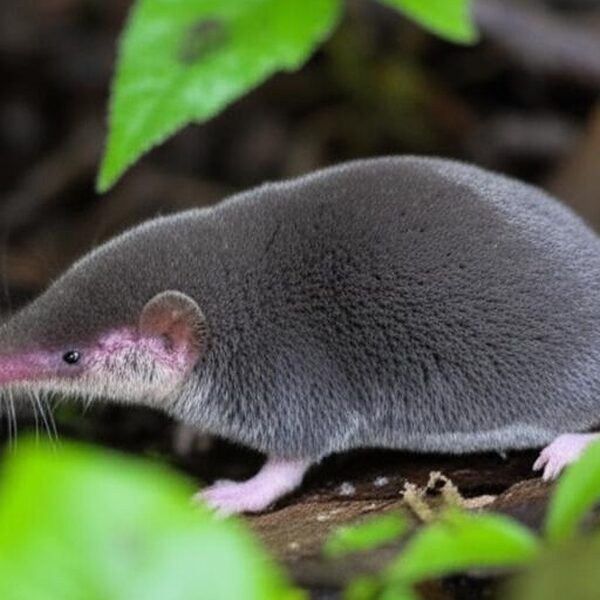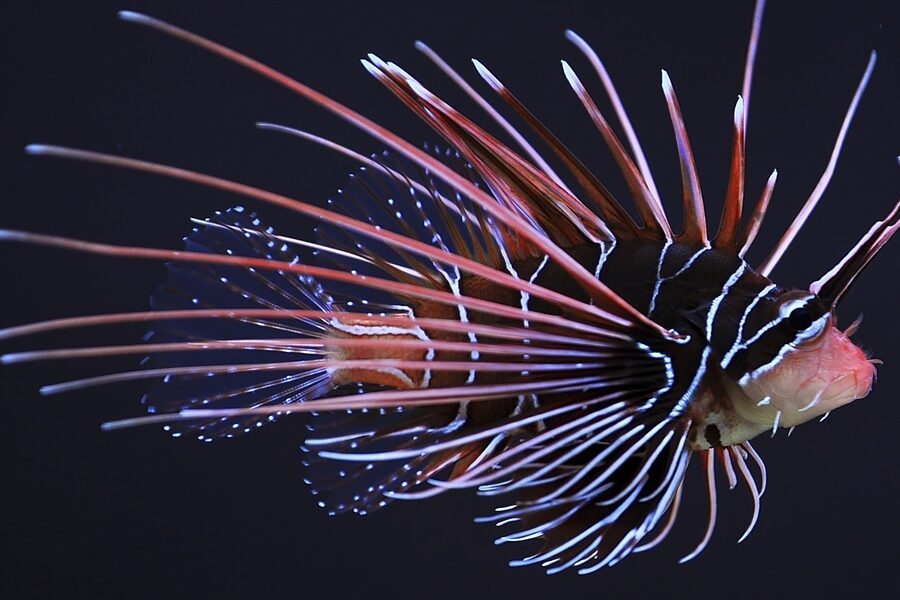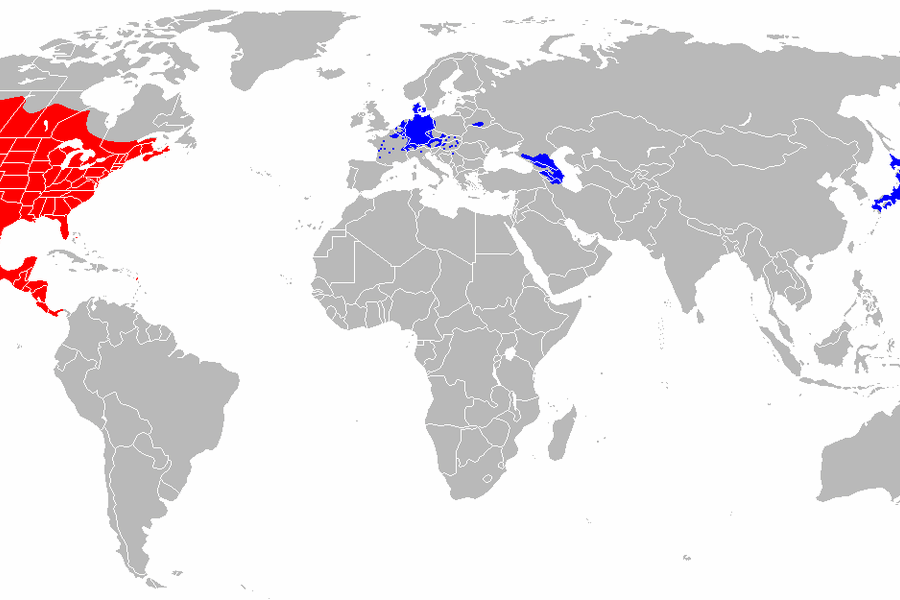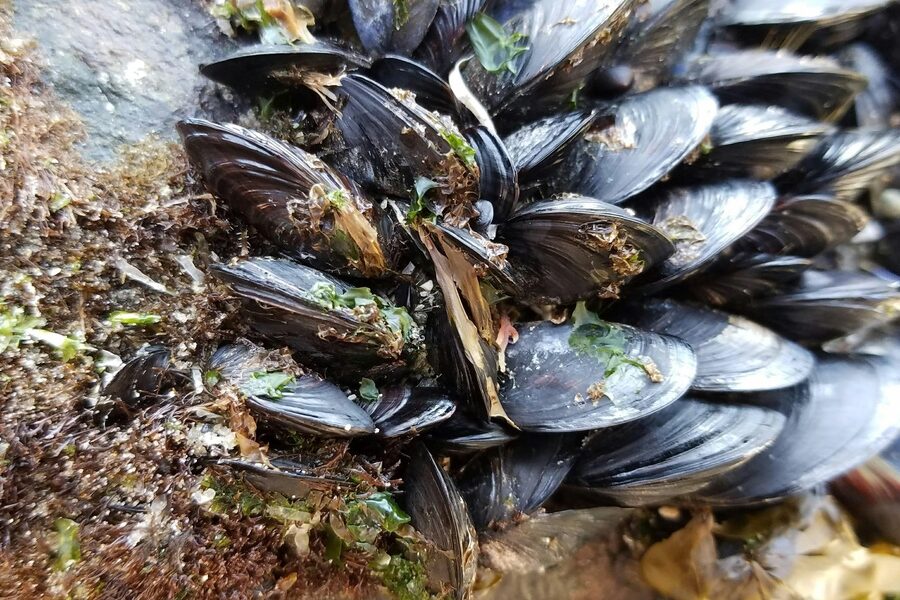El Salvador’s mix of coastal wetlands, rivers and densely settled valleys makes it especially sensitive to species that arrive from elsewhere and change how land and water work. Introduced insects, plants and aquatic organisms can alter habitats, harm crops or increase disease risk across both rural and urban areas.
There are 21 Invasive Species in El Salvador, ranging from Aedes aegypti to Water lettuce. For each species, data are organized with Scientific name,Origin (native range),Status & habitat so you can see where each came from and how it behaves locally — you’ll find below.
How do these invasive species affect people’s health and local ecosystems in El Salvador?
Many pose direct and indirect threats: Aedes aegypti spreads dengue, Zika and chikungunya, while invasive plants like Water lettuce clog waterways, reduce oxygen for fish and create mosquito habitat; together they can lower crop yields, disrupt fisheries and raise public-health and management costs.
What practical steps can residents and visitors take to reduce their spread?
Report unusual species to local authorities, remove small infestations safely (avoiding further spread), eliminate standing water, avoid releasing aquarium or pet species, clean boats and gear between waterbodies, and support community monitoring and control programs run by environmental or health agencies.
Invasive Species in El Salvador
| Name | Scientific name | Origin (native range) | Status & habitat |
|---|---|---|---|
| Water hyacinth | Eichhornia crassipes | South America (Amazon) | Widespread; lakes, rivers, wetlands |
| Giant salvinia | Salvinia molesta | South America | Established; freshwater bodies and canals |
| Water lettuce | Pistia stratiotes | Amazon region, South America | Established; ponds, slow rivers, wetlands |
| Black rat | Rattus rattus | Asia (original origin) | Established; urban, agricultural, forest edges |
| Norway rat | Rattus norvegicus | Asia/Europe | Established; urban, sewers, farms |
| House mouse | Mus musculus | Asia | Established; buildings and storage facilities |
| Feral cat | Felis catus | Domestic origin (Eurasia) | Established; urban, rural, protected areas |
| Feral dog | Canis familiaris | Domestic origin | Established; urban, rural, wildlands |
| Small Indian mongoose | Herpestes auropunctatus | South/Southeast Asia | Established; agricultural lands and edges |
| Nile tilapia | Oreochromis niloticus | Africa | Widespread; rivers, lakes, aquaculture ponds |
| Blue tilapia | Oreochromis aureus | North Africa/Middle East | Established; reservoirs, rivers |
| Red‑eared slider | Trachemys scripta elegans | Southeastern USA | Established; ponds, canals, urban water bodies |
| African giant snail | Achatina fulica | East Africa | Established; gardens, crops, disturbed areas |
| Mediterranean fruit fly | Ceratitis capitata | Africa | Established; orchards, backyards, markets |
| Coffee berry borer | Hypothenemus hampei | Africa | Established; coffee plantations |
| Aedes aegypti | Aedes aegypti | Africa | Widespread; urban and peri‑urban containers |
| Aedes albopictus | Aedes albopictus | Asia | Established; urban, peri‑urban, rural containers |
| Common carp | Cyprinus carpio | Europe/Asia | Established; lakes, reservoirs |
| Molasses grass | Melinis minutiflora | Africa | Established; grasslands, disturbed forests |
| Para grass | Urochloa mutica | Africa/Asia | Established; wetlands, floodplains, pastures |
| Eucalyptus (bluegum) | Eucalyptus globulus | Australia | Established; plantations and secondary forests |
Images and Descriptions
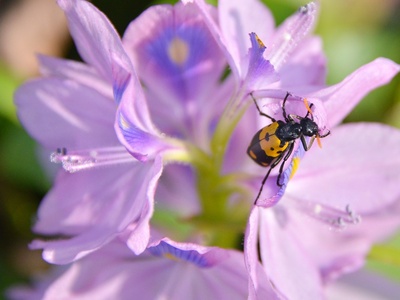
Water hyacinth
Water hyacinth forms dense floating mats that block waterways, reduce oxygen, and harm fisheries and irrigation. It is widespread in Salvadoran lakes and slow rivers; local control uses mechanical removal and occasional biocontrol but re‑infestation is common.
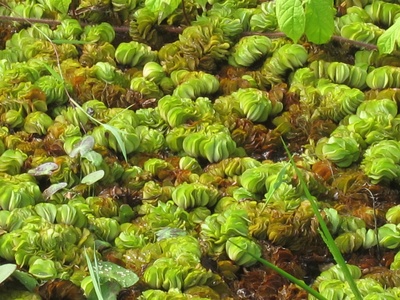
Giant salvinia
Giant salvinia rapidly creates thick mats that smother native aquatic plants, clog irrigation and drainage, and impair fishing. Documented in El Salvador’s freshwater systems, it is managed by manual removal and biological agents in some sites but remains a recurring problem.
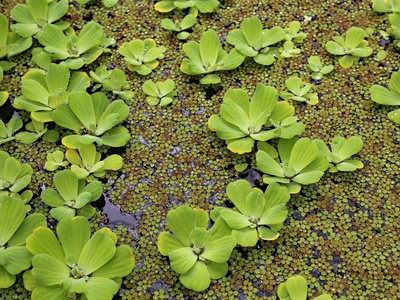
Water lettuce
Water lettuce shades and outcompetes native plants, lowers dissolved oxygen, and interferes with fishing and water use. It is found in lowland freshwater habitats in El Salvador, where local removal and herbicide use are occasional management responses.
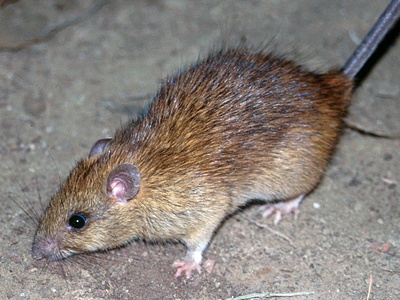
Black rat
The black rat is a widespread introduced commensal that damages crops and stored food, spreads pathogens, and preys on small native fauna. It occurs across El Salvador in towns, farms, and natural edges with ongoing rodent control in many areas.
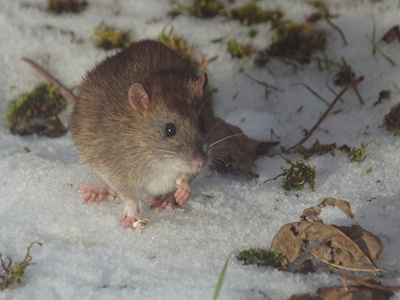
Norway rat
Norway rats are common in Salvadoran urban and agricultural areas, causing infrastructure damage, crop and store losses, and disease risk. Control relies on trapping, baiting, and sanitation measures implemented by municipalities and farms.
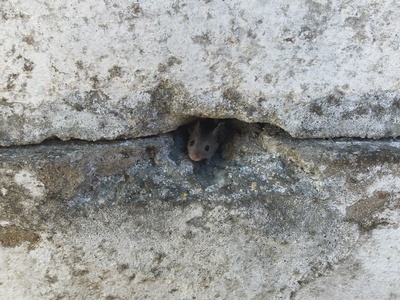
House mouse
The house mouse is a widespread pest in homes, warehouses, and granaries across El Salvador, contaminating and consuming stored food, damaging goods, and transmitting parasites; routine pest control and hygiene practices are used to limit impacts.
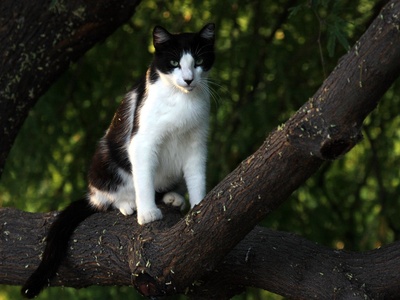
Feral cat
Free‑ranging domestic cats prey on birds, reptiles, and small mammals, contributing to wildlife declines especially near protected sites. El Salvador has local neuter/awareness campaigns, but feral cat populations remain common and ecologically harmful.
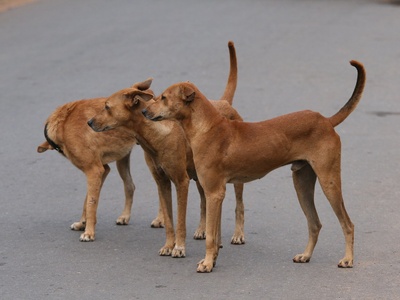
Feral dog
Free‑roaming dogs attack livestock and wildlife, spread rabies and parasites, and cause human–wildlife conflicts. Widespread across El Salvador, management includes vaccination, capture programs, and community outreach but control is inconsistent.
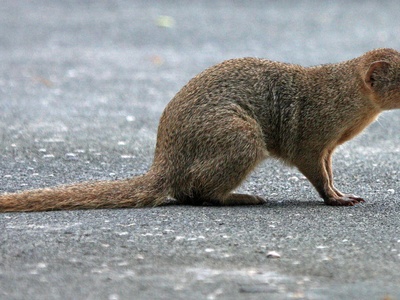
Small Indian mongoose
Introduced historically to control rodents, the mongoose now preys on native birds, reptiles, and small mammals, contributing to declines in vulnerable species. It is recorded in El Salvador and is difficult to control once established.
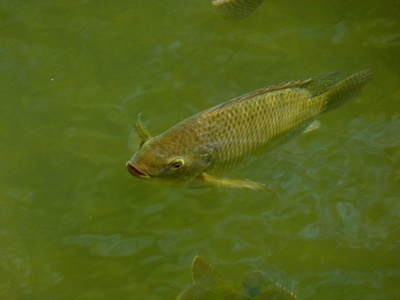
Nile tilapia
Nile tilapia are extensively farmed and have escaped into wild waterways, competing with native fish, altering food webs, and reducing fisheries value. Escapes from ponds are common and containment/stocking measures are ongoing to reduce impacts.
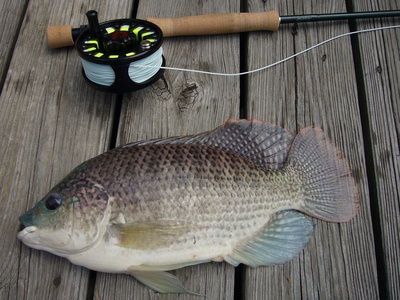
Blue tilapia
Blue tilapia were introduced for aquaculture and are now established in reservoirs and rivers, where they compete with native fishes, change aquatic vegetation, and affect local fisheries. Management focuses on aquaculture best practices and monitoring.
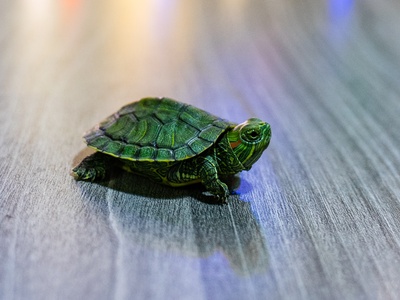
Red‑eared slider
The red‑eared slider, released from the pet trade, forms breeding populations in ponds and canals, competes with native turtles for food and basking sites, and alters local turtle communities; occasional removal efforts occur.
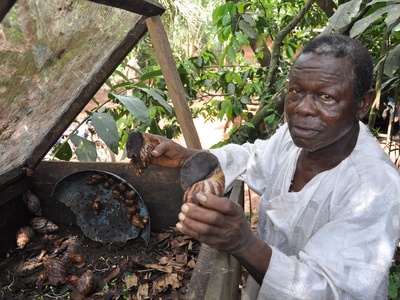
African giant snail
Achatina fulica feeds on crops and ornamentals, can transmit human parasites, and spreads rapidly. Reported in El Salvador, it is targeted by local eradication and public health advisories when outbreaks are detected.
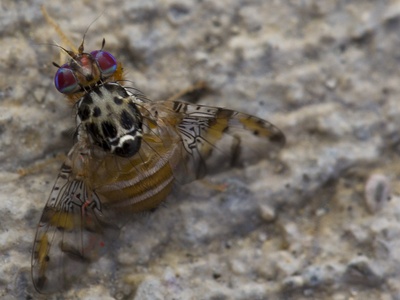
Mediterranean fruit fly
Medfly infests dozens of fruit crops, causing direct losses and quarantine restrictions. It is an established agricultural pest in El Salvador, controlled via trapping, baiting, sanitary measures, and occasional quarantines to protect markets.
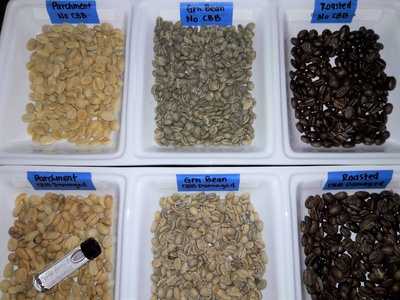
Coffee berry borer
This tiny beetle bores into coffee berries, drastically reducing yields and bean quality. It is widespread in Salvadoran coffee regions and managed through integrated pest management, biological control trials, and cultural practices.
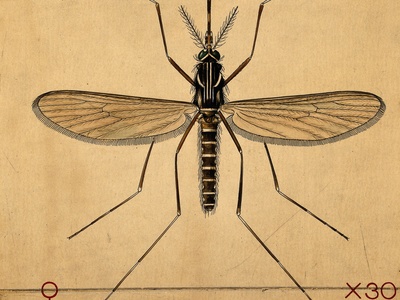
Aedes aegypti
Aedes aegypti is a major vector of dengue, Zika, and chikungunya in El Salvador. It breeds in artificial containers and is targeted through community source reduction, larviciding, and periodic fumigation campaigns.
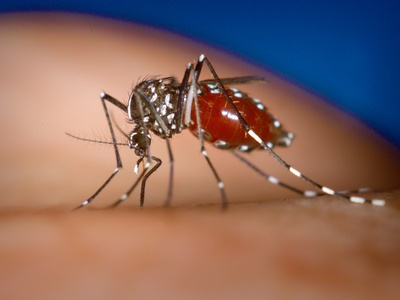
Aedes albopictus
The Asian tiger mosquito has established in El Salvador, where it competes with Aedes aegypti and can transmit arboviruses. It is recorded in surveillance studies and is included in national vector control planning.
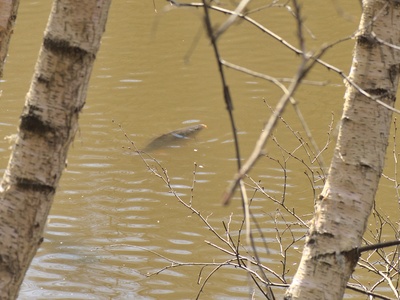
Common carp
Common carp were introduced for fisheries and aquaculture and now occur in some Salvadoran reservoirs. Carp disturb sediments, reduce water clarity, and alter aquatic plant communities, negatively affecting native fish and water quality.
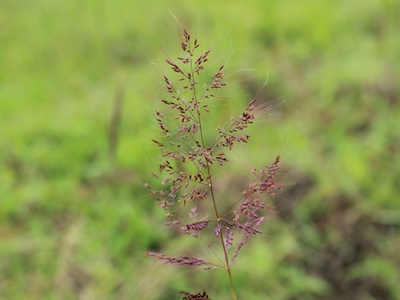
Molasses grass
Molasses grass spreads into pasture and disturbed forest, outcompeting native plants and increasing fire frequency and intensity. It is documented in degraded areas of El Salvador where grazing and fire promote its dominance.
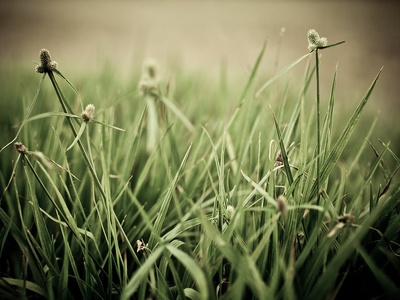
Para grass
Para grass was introduced as forage and forms dense stands in wetlands and floodplain pastures, displacing native vegetation and altering wetland hydrology. It is common in lowland agricultural areas and wet pastures across El Salvador.
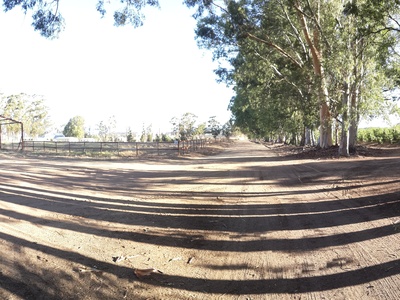
Eucalyptus (bluegum)
Bluegum eucalyptus is widely planted for timber and fuelwood and can naturalize, reducing understory diversity and changing soil and water dynamics. Plantations and escaped stands occur in El Salvador with noted ecological impacts in some regions.
